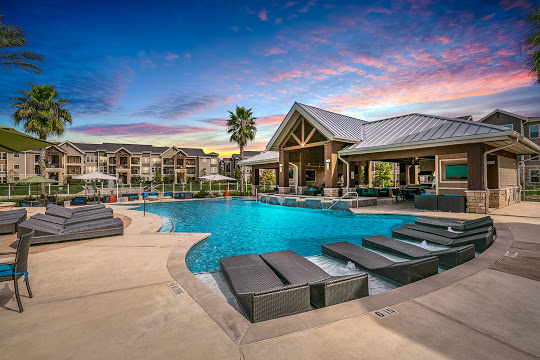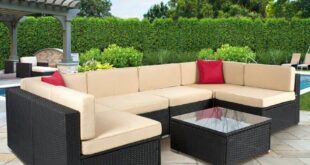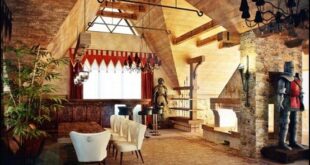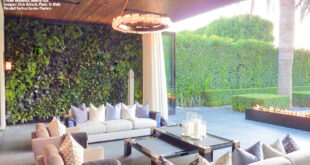In the historic center of Quito, Ecuador, Aquiles Jarrín has transformed a formerly shared residence into an airy and plant-filled home. By stripping back the walls of the existing 1970s apartment, the project reveals a ‘forest’ of beautifully unpolished concrete columns and a permeable living space.
The owners of the apartment tried to break the strict delineation of the floor plan to allow for more flexibility and adaptability. Not only did they want to bring in lots of greenery, but they also wanted to create a social area without strong divisions between private spaces, creating a free and open place to live.
First, the interior walls were demolished and planters were introduced. The walls were replaced by glass openings with access to the terrace, reconfiguring the space, turning it into a green space of nature and light. With no walls, the pillars of the concrete structure gained a strong presence, making them a key element of the dwelling and giving them a more poetic dimension, as they were no longer seen as pillars but rather as tree trunks.
The idea arose that it was no longer a domesticated space, but a wilder world or “forest”. If the pillars were trees and the room was a forest, only other trees could appear in this scenario. some pleasing, others superimposed as normally occurs in nature. Therefore, new elements of the same size were created and a playful and experimental exercise was launched to solve the livability needs. By overlapping the imposed steel trunks, new ground levels were created, effectively defining different areas within an interior topography. These new elements have been designed with three surfaces and an internal cavity that gives them the characteristics of furniture, turning them into a multifunctional piece to store a book, bread or shoes. Metal was the most suitable material, which allowed both versatile use and the development of all project elements.
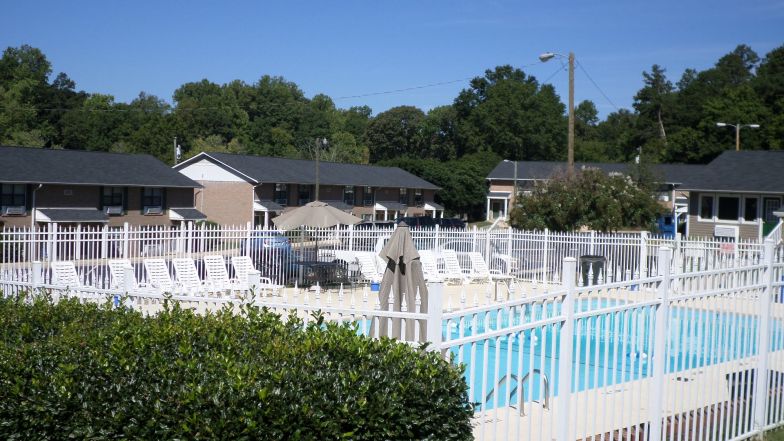
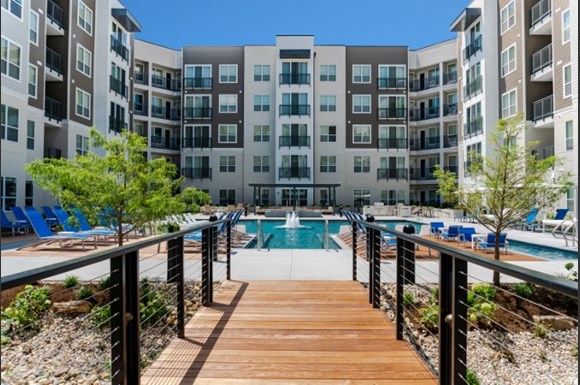
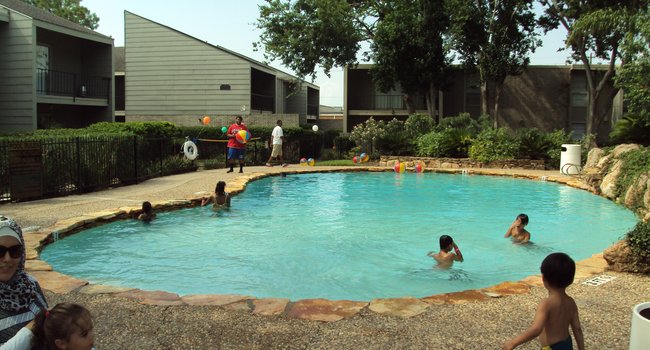
 decordip Interior Design Ideas
decordip Interior Design Ideas
